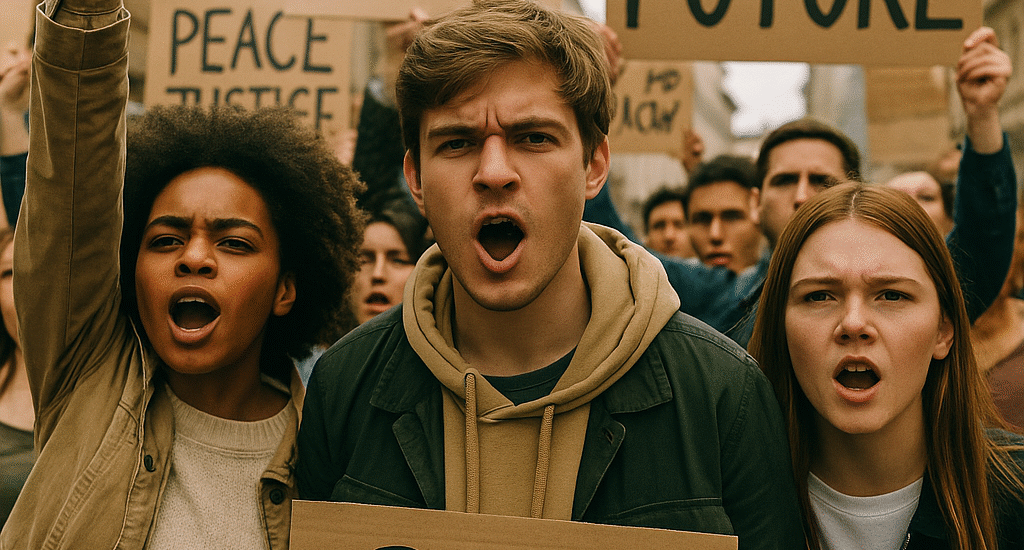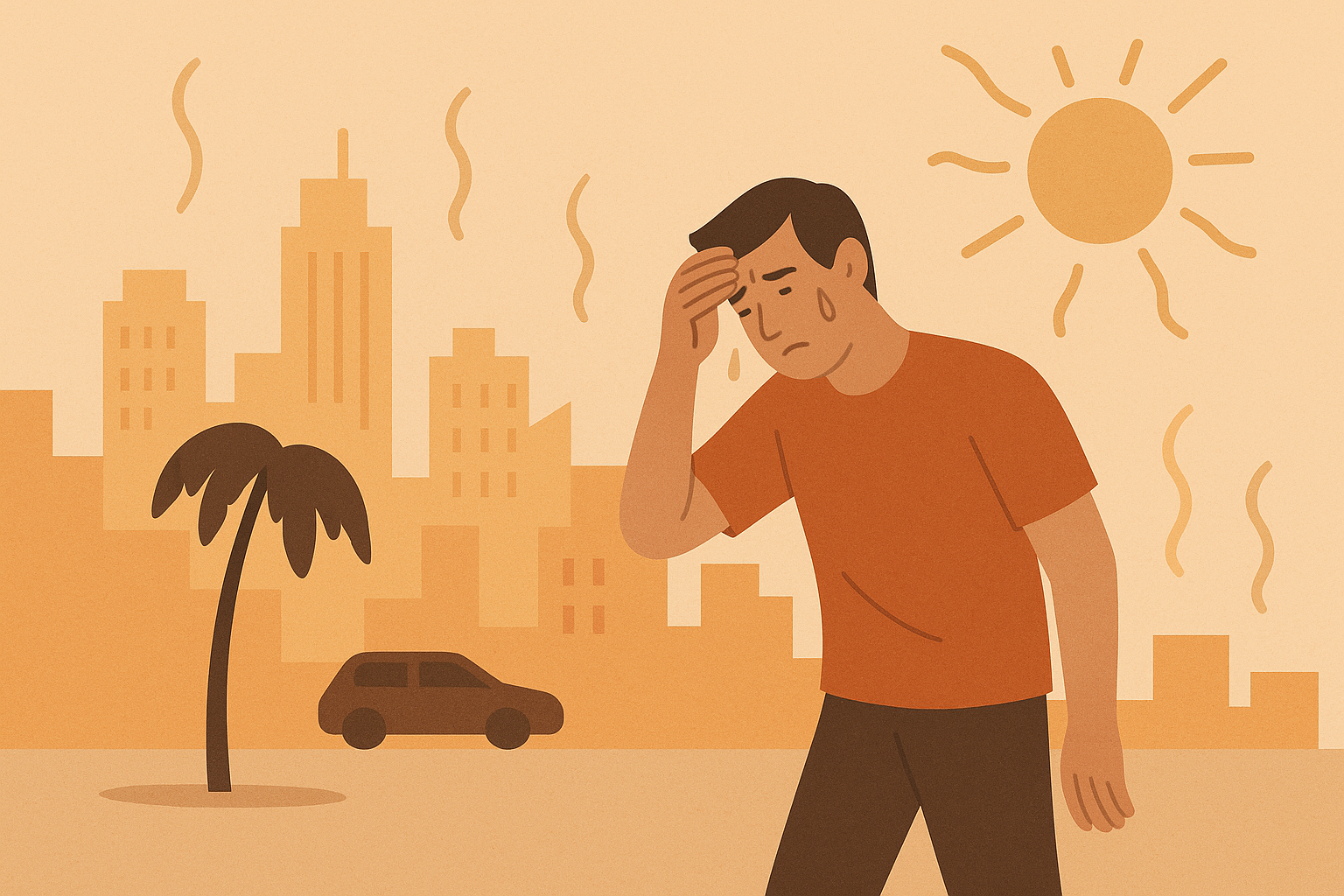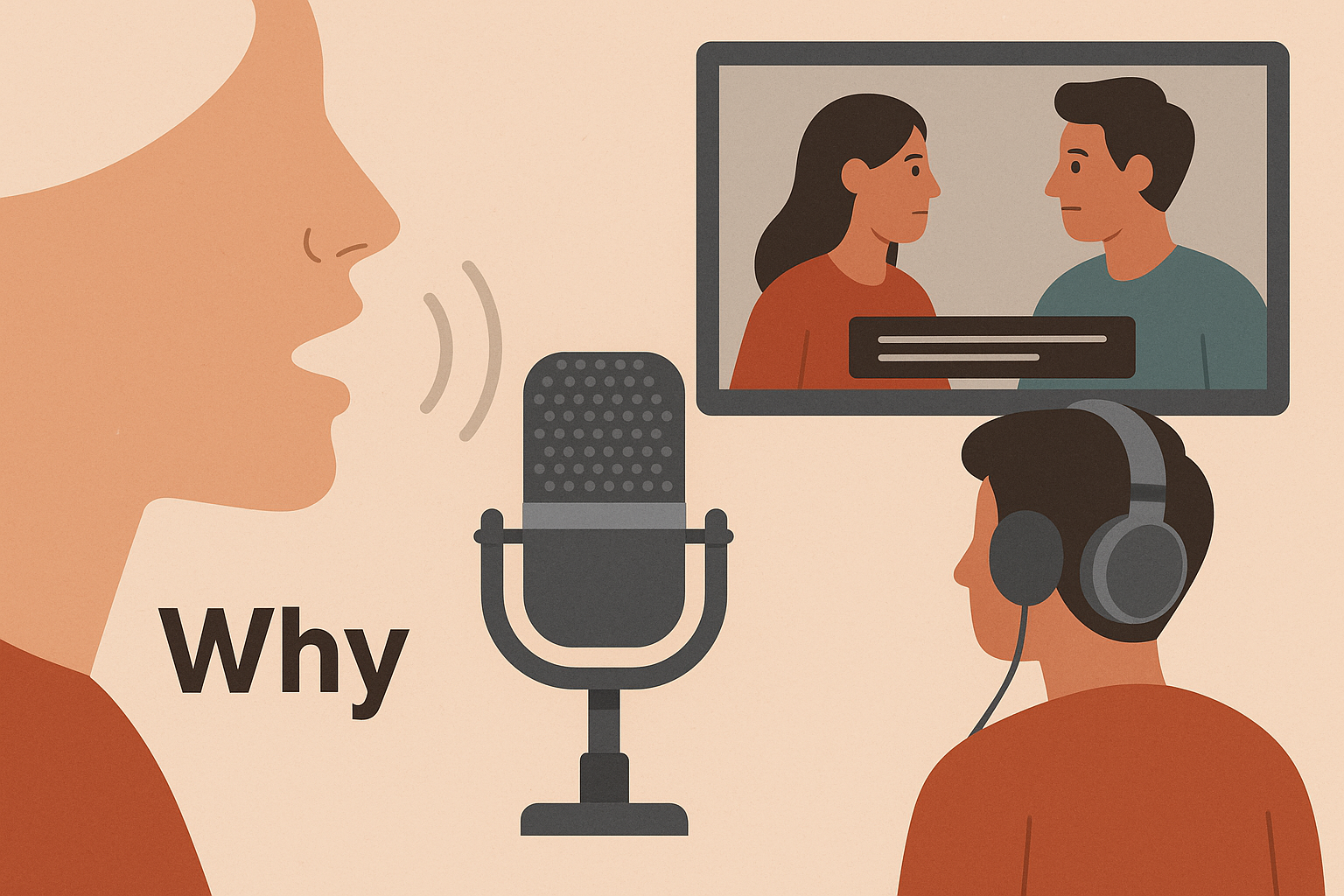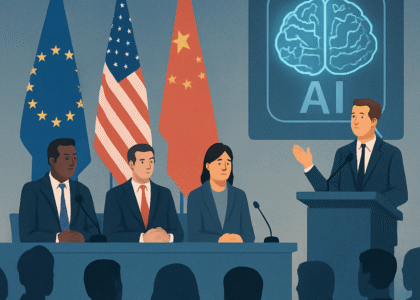It’s happening in country after country — young people are no longer just marching in the streets. They’re showing up at the polls and reshaping elections. From Argentina to South Korea, youth turnout has reached new highs, and it’s having a real effect on who gets elected and what policies make it to the table.
In the past, young voters were often seen as unreliable or disengaged. But that’s changing fast. Social media, climate anxiety, economic struggles, and rising inequality have created a generation that feels the stakes in a personal way. And they’re acting on it.
In recent elections, we’ve seen young people support progressive candidates, demand climate action, and push hard for issues like mental health, education, and digital freedom. They’re not waiting for change — they’re voting for it, running for office themselves, and organizing campaigns in ways that didn’t exist just a decade ago.
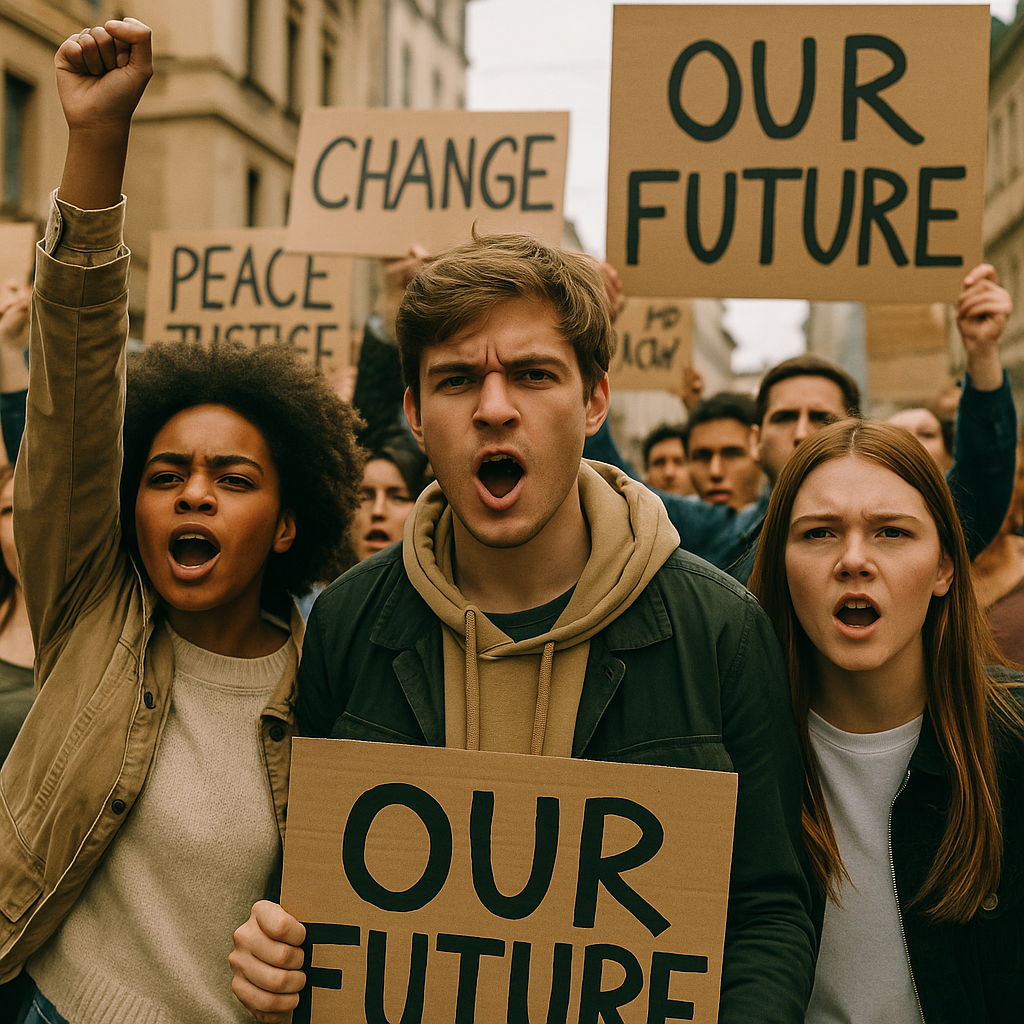
But this shift isn’t just about political sides. In some countries, youth movements lean left. In others, they lean right. What matters is the energy — and the fact that young people want to be heard. They’re tired of being dismissed and are using every platform, from voting booths to TikTok, to shape the conversation.
Governments are beginning to notice. Some have lowered the voting age. Others are expanding digital voting access. But there’s still a gap between what young voters want and what traditional systems offer. Bridging that gap will be one of the biggest political challenges of the next decade.
What’s clear is this: young people are no longer just reacting to politics — they’re becoming a force that drives it. And the world is starting to adjust.

